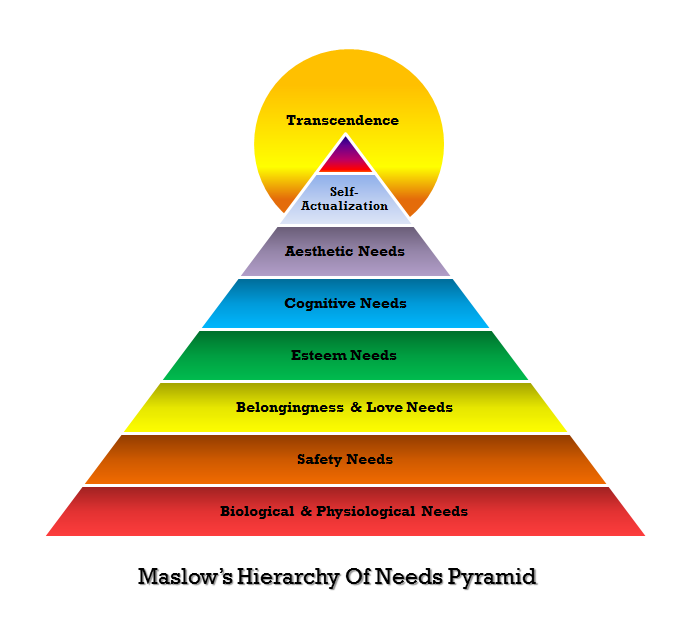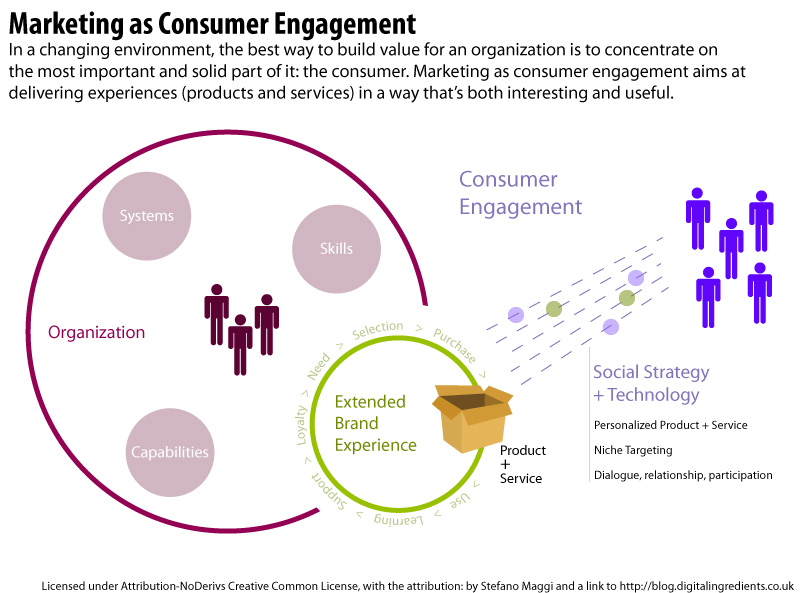Publishers, have you ever wished that you could get inside the heads of your prospective customers to better understand how to reach out to them? In other words, do you know how to win customers and influence their decisions?
A few simple insights into consumer behavior can help you better understand consumers’ emotional needs and fears. The knowledge I’ll share with you in this article can help you make profound adjustments to your marketing messaging in order to increase the likelihood that your prospective customers will engage with your content, and ultimately become regular customers and fans.
Influencing consumer’s decisions
Consumers go through a nuanced decision-making process before buying an item or service. These decisions to buy are usually premised on needs. Interestingly, not all needs result in consumption behavior. The “way” (price of the product, ease of acquisition, etc.) has to be perceived as “acceptable” by the consumer and this determination is based on the individual level of significance he attributes to the need.
Functional need
Functional needs relate to features or products that the consumer believes could fill some sort of functional gap. A consumer’s perception of functionality is subjective and, at the same time, it can be a powerful a motivation to make a purchase. For example, users might be interested in buying a new smartphone that appears to work faster and more efficiently, so it might be in your best interest to provide content that speaks to these needs (whether they are real or perceived).
Social need
The need comes from a desire for integration, a sense of belonging in a social context or for social recognition. Social influence is a pretty strong motivator, and many people don’t realize just how much their decisions are affected by it. A publisher could address a consumer’s social need by including content portraying groups of college students going on luxurious vacations or low-cost trip destinations to emphasize the social experience. This way, the college students who have limited budgets can still join their friends in fun trips.
Need for change
This need originates from a consumer’s desire for change. For some people, change may be mean new furniture or a home renovation. You could satisfy the need for change by publishing content about DIY projects, trends and antiques, for example.
Risks
More often than not, there will be risks that a consumer will consider before making their decision to buy a product, or not. Conversion occurs once the consumer overcomes a risk, so it’s important to be aware of what might be causing a consumer to be hesitant about your content or product. The more important the purchase is to the consumer, the greater their perceived risk will be. For example, if a woman is just doing general shopping at the mall, then her perceived risk will be lower. If she is buying an outfit to wear on a date that night, then naturally, her perceived risk will increase.
Perceived Risks
- Functional – Will the product perform optimally as I expect it to? If the customer is buying a new dress, this means, “Will this be as nice as the last one I bought from this store?” If the customer is buying a painting, the risk might be “Will this picture give my living room the look I want it to?”
- Physical – Could this product hurt me, my pets, or my children? This fear could be triggered by pest control services or ornaments that might contain poisonous ingredients.
- Social – What might people around me think? If a customer is buying a certain food item to eat privately at home, the risk here is low. However, if they buy a new article of clothing, which is something that can be displayed in public, the risk might be higher.
- Psychological – This risk might be a moral one, sometimes implying “Am I making the right decision?” This can be a strong motivator for those who oppose animal testing, but love MAC Cosmetics, which unfortunately still tests on animals.
- Financial – Can I afford this product? This is not a major risk for most people buying vegetables or flowers. But it may be a major setback for customers considering buying a new car, or for those considering installing a pool in their backyard, which can cost around $10-20,000. If your client base is generally concerned with the financial risk of your content, then this may be more challenging to overcome.
- Time – How much time and effort might it take to make this purchase? This risk is much more significant than you might think. Imagine a potential client in their car thinking, “Do I want to pull into that overly-crowded parking lot? All for a dress?” This can be a big obstacle, hence why online shopping has become more successful.
Tips for better engagement
As a publisher, in order to overcome potential risks, and engage with your consumers, there are a few key things to keep in mind regarding how you present your content:
Recognize the need
Before launching a campaign or coming out with new content, consider what kind of a need you want to fulfill in your potential clients. “What are they missing that I can provide them with?” is a great question to start with.
Address their fears
When you anticipate and can address consumers’ fears, you are better able to emphasize the benefits to your consumers and make a purchasing decision even easier. Let’s say that your company publishes content related to cars, and some are quite pricey. Perhaps inform your consumers about your company’s easy finance terms. This way, you’re assuaging the customer’s concerns, and are earning your customer’s trust and interest in more of your content.
Brand awareness is crucial
In order to gain a consumer’s trust, they need to know about your brand in the first place. Make sure your marketing and advertising are on point, and that it might not hurt to provide testimonials about certain products, so that a consumer can fit a brand’s name into his or her awareness, otherwise known as “Top-of-mind awareness”.
Concrete information
Always provide clear, concrete information about the product being presented. The more a consumer knows about a product that could potentially be of interest to him, the more likely he will be to engage with it. More information also equates to added value for the consumer.
Improve the customer’s experience
Post-purchase experiences and behavior can impact your conversion significantly. If you managed to convert a consumer, that’s great, but it’s all about retention. In order to keep your clients, it’s important to have good customer service resources, and other aspects of service that keep current customers happy. This way, they’ll not only continue to use the service or product, but might also recommend it to their friends.
Make ads relevant
Another aspect of providing good service is providing relevant ads to your consumers. For example, imonomy’s semantic analysis software places ads that are contextually relevant to the surrounding content. This means that consumers see ads that are relevant to the content they are interested in and increases the likelihood that these consumers will stay engaged, and will likely connect better to your content if it’s relevant to them in some way.
All in all, the point of doing all this is, ultimately, to encourage more consumers to visit a publisher’s site to sell products and services or click on ads. Better understanding customers’ needs and what motivates and dissuades them is invaluable. It helps a brand develop a more engaging message that sells benefits over risks.
How well do you understand your consumers’ needs?





